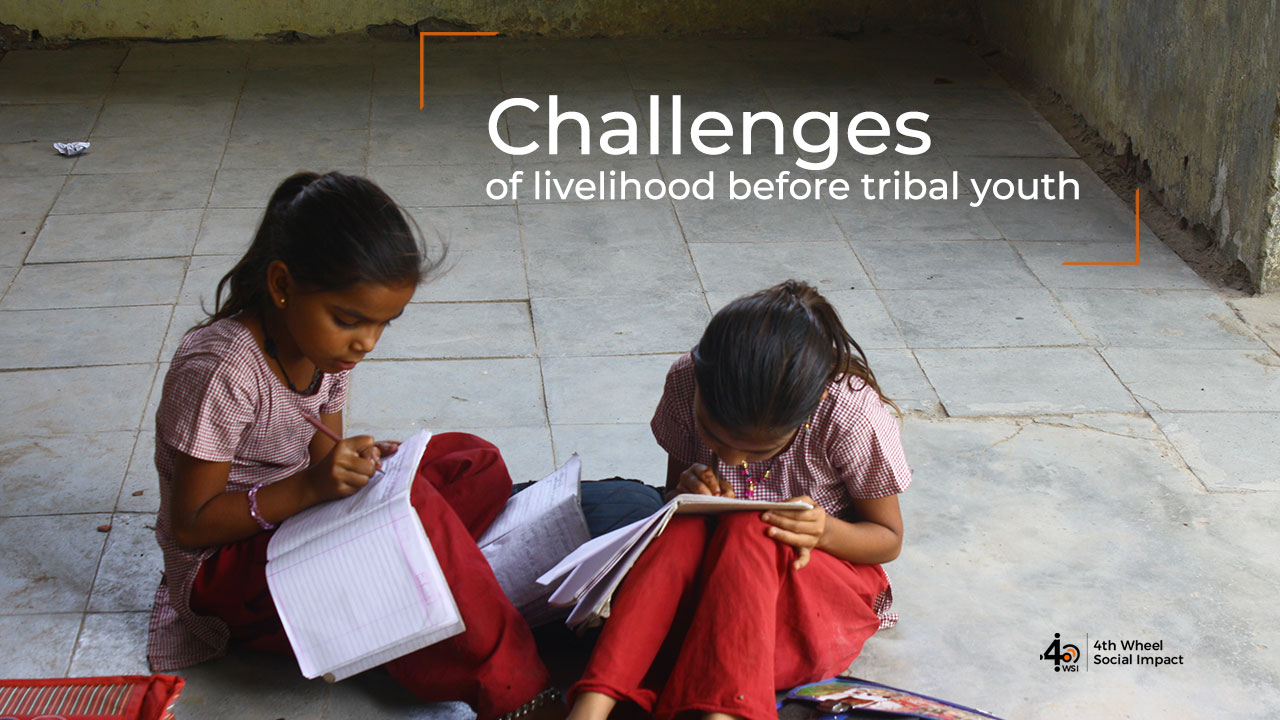The westernmost state of India, Gujarat, has a long tribal belt in its remote east and southern region. These tribal villages have a mostly arid and low rainfall landscape and the mountains to the south are host to some of the largest tribal populations in the country. One such region with a significant Adivasi population is the Valsad-Dang region. Located in the south-eastern part of the state, this region falls in the rain-shadow area and is extremely dry throughout the year. This geography comes with its socio-economic challenges and the youth here struggle through them to find a place for themselves in the mainstream. This is an attempt to summarise those challenges based on the experiences and observations during visits to these villages.
Gujarat has some of the lowest statistics when it comes to tribal communities’ health, education, and employment. As already mentioned, the constant scarcity of water makes it almost impossible for tribal families to engage in commercial farming or any such employment. The regions they live in are remote, and there are few transportation facilities that could help them reach nearby cities on a day-to-day basis. The low literacy rate also hampers the employability of the tribal youth. This leaves them with only local, informal employment, which is mostly working as daily wage workers in other farms, on construction sites, and in sugarcane or brick line factories. The wages are below the established criteria for minimum wages.
The other option is to get employed in the textile garments or Chinese phone-making industries which have recently grown as Gujarat’s major employers. These industries give relatively better pay and give some benefits of formal sector employment. The tribal youth migrate to the city, pay high rent, get used to the ‘urban language’, and works for 10 or more hours in an enclosed building. But, considering the expenses at the city levels, the salaries in these jobs rarely leave any space for savings and hardly help these workers and their families survive the month. This constant struggle and insecurity of livelihood also create another ripple effect.
In the never-ending cyclical exploitation, the youth is helpless. They can either be at home with their families doing subsistence farming or be in the city making their way through the mainstream.
However, there are a few organisations that are training youth in certain areas as per the needs of the nearby industries and providing them with jobs in these companies post-training. It impacts the family income at large and exposes the youth to a better lifestyle. More comprehensive measures by the government will further contribute to improving the quality of their lives.
This article is written by Roma Makati, Research Associate at 4th Wheel Social Impact.




